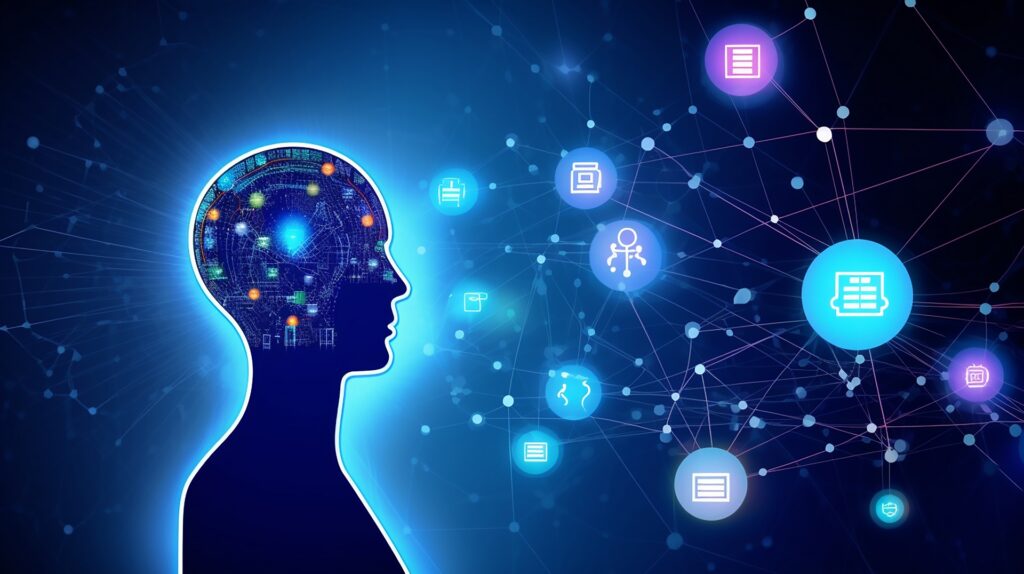Apple’s latest iOS 18.1 update promises new AI features for the iPhone 15 Pro and iPhone 16 series, including text generation tools and smarter notifications.
However, analysts predict that these innovations won’t deliver significant performance boosts for at least another three years.
The true potential of AI in iPhones, driven by advancements in hardware, is expected to arrive by 2027.
Apple’s Upcoming iPhone AI Features: What’s Coming in iOS 18.1

Apple is set to introduce several new AI-driven features with the iOS 18.1 update, targeting the iPhone 15 Pro and iPhone 16 series. Among the most anticipated functions are advanced text generation tools, enhanced notification summaries, and automated photo organization. These features are designed to improve user experience by reducing manual tasks and increasing efficiency.
For instance, the text generation tool can craft messages or content based on user prompts, making it useful for both business and creative environments. The notification summary feature will streamline alerts by grouping less important ones together, allowing users to focus on high-priority notifications without being overwhelmed. Furthermore, the photo organization tool will help users clean up their photo libraries, eliminating duplicates and optimizing storage.
These features are built on Apple’s large language models, aimed at enhancing productivity and convenience. However, despite these developments, experts caution that the true potential of AI in iPhones is still limited by current hardware capabilities. The AI enhancements in iOS 18.1 will offer immediate benefits, but the most transformative AI functions are yet to come.
Why True AI Power in iPhone is Still Three Years Away
While iOS 18.1 brings exciting AI features, experts predict that iPhones won’t reach their full AI potential until 2027. According to analysts like Edison Lee from Jeffries, the current hardware simply cannot support the intensive demands of advanced AI processes. The sophisticated algorithms needed for real-time, large-scale AI functions require more processing power than iPhones currently possess.
This limitation stems from the architecture of the iPhone’s chipsets, which lack the computational strength to handle the data-heavy operations of advanced AI. Even though the iPhone 16 series will feature AI-driven tools, these functions will only scratch the surface of what future AI technology can offer. The “super cycle” of AI-driven purchasing, expected with these releases, has not materialized as initially anticipated, further highlighting the gap between consumer expectations and technological capabilities.
It is clear that, despite short-term progress, iPhone users will need to wait for significant hardware upgrades to fully experience AI’s potential. This development delay, while frustrating for some, is crucial for Apple to eventually deliver the kind of AI performance that will set it apart from competitors in the tech industry.
The Hardware Hurdles Holding Back iPhone’s AI Capabilities
One of the key challenges Apple faces in unlocking the full potential of AI on iPhones is its current hardware limitations. The processors in today’s iPhones, even in the latest models, are not equipped to manage the complex computations required for true AI advancements. AI relies heavily on processing vast amounts of data in real time, and the iPhone’s existing chipsets struggle to meet these demands.
This issue is particularly significant when it comes to machine learning and real-time AI functions like voice recognition and photo editing. For Apple to offer truly transformative AI experiences, such as personalized services or advanced automation, the iPhone’s hardware will need a substantial overhaul. New generations of processors capable of handling the demands of advanced AI applications must be developed and integrated.
Until this happens, iPhones will remain constrained in their AI capabilities, offering incremental improvements but not the kind of revolutionary changes users expect. Apple has long prided itself on blending hardware and software seamlessly, but to maintain its competitive edge, it must address this hardware bottleneck.
Will Apple’s Long-Term AI Strategy Surpass Competitors?
Despite current limitations, Apple’s long-term AI strategy positions it well to eventually outpace its competitors. Apple’s strength lies in its unique ecosystem, where hardware and software work in harmony. This integration allows Apple to offer more personalized and efficient AI services compared to competitors like Google and Samsung, who rely on more generalized AI systems.
Apple’s ability to leverage proprietary data and tailor AI solutions to individual users will be a game-changer in the coming years. As its hardware evolves, so too will its AI capabilities, enabling the company to offer services that go beyond what is currently available in the market. Analysts believe that by 2027, Apple could lead the AI space by offering smarter, more customized user experiences that integrate deeply with everyday tasks and environments.
In the short term, Apple’s AI features may seem underwhelming compared to the ambitious promises made by rivals. However, the company’s focus on long-term development, combined with its powerful ecosystem, suggests that Apple is playing the long game. When the hardware catches up, Apple is likely to not only meet but exceed expectations, setting a new standard in AI-driven technology.
